Air cons may be essential here in Sydney, but they don’t come without their own pluses and minuses, so you must consider all pros and cons of commercial air conditioning first.
Commercial air con systems have become an essential part of the way that we live and do business here in Sydney. From store fronts to office spaces and everything in between, commercial spaces have a need to keep things cool with temperatures rising.
But that doesn’t mean that air cons are without their own pros and cons. In fact, depending on the type of system you go with, you might need to be aware of the different limitations that your system has placed on it.
So what kind of commercial air conditioner are you considering?
That’s right. There’s not just one kind of air con for commercial spaces. Commercial air cons might be more powerful and larger than their residential counterparts, but they also come in a variety of types that could be compatible (or not) depending on the commercial space(s) itself.
For example, single split air conditioners have an outdoor unit and an indoor unit. One is responsible for issuing the cool air into the space in question while the other is a compressor that helps generate and push that air in the first place. This works great for smaller commercial spaces, but it’s not going to work great if you have a large space or multiple rooms.
You can have a multi-split air con that has multiple units indoors connected to the same outdoor compressor, and commercial units may be able to manage quite a few of these before additional compressors are needed. This is a better fit for separate spaces within the same commercial area so that different rooms can have different cooling needs met.
Then there’s a VRF, or variable refrigerant flow, system. These are able to achieve zone heating and cooling by using refrigerant piping that runs from an outdoor unit and condenser to single or group connections for temperature control indoors.
Get The Facts: How Much Does Commercial Air Conditioning Cost?
The pros and cons of commercial air conditioning by type
First of all, it’s important to understand that there’s no single solution that works in all scenarios for Sydney commercial spaces. After all, commercial spaces come in a variety of shapes and, more importantly, sizes. This, in turn, affects the type of heating and cooling needs that they’ll have. It also depends on how you are using the commercial space, since not every area will have the same cooling requirements. Some spaces are used for storage while others are offices that need to keep workers comfortable.
No matter which system you pick, there are going to be pros and cons of commercial air conditioning. Here are just a few for each type.
Single split air conditioners
When it comes to one-to-one air cons, these are your best bet. They’re great for smaller spaces because they are a single unit that is tied to a single compressor on the outside of the space. This, in turn, makes them a more affordable option since there are fewer parts to install and typically less piping to run if you can get things situated ideally on an external wall.
However, even the strongest single split systems will have their drawbacks. They come in a variety of sizes, but may not be larger enough for bigger businesses. Keep in mind that they’re designed to cool a single room, so if you have more than one office or space to cool, you’ll need to scale up to the next option. If you’re going to scale and add more units later, you’re going to need more space, something that commercial real estate might be short on.
Multi-split air conditioners
Taking things up a notch, you might want to consider a multi-split system. These can be great for mid-size offices and smaller retail spaces because you can have more than one cooling unit connected to the same outdoor condenser. This is a more scalable option that just tacking on one single split after another as you grow, so if you think you’ll want more units, go the multi-split route.
That said, you have to keep in mind that every unit needs to be connected to the condenser. This, in turn, is going to increase the price for both materials and installation. Your plumber will need to spend the time to install everything and set up zones for you to control. Keep in mind that if you keep offices open or are using this system to cool a larger space, the zones could compete with each other and drive up your cooling costs. Also, if for some reason there’s an issue with your condenser, you’ll have to wait for repairs before any of your units will function again.
Variable refrigerant flow air conditioners
These are the most common type of air cons for commercial spaces, and with good reason. They can be installed in mixed use spaces where energy efficiency is at a premium. You can individually control the temperature for each indoor unit without worrying about affecting other renters or building occupants. The same external system, however, can feed each portion of a subdivided building. They also allow for a flexible design, with single and multiple unit configuration per each space.
What can be more challenging with VRF systems is that they are newer to the market and not as many providers are familiar with how to properly install them. What’s more, you’ll want an installer with experience who can ensure the efficiency and up time for the unit since it can service multiple spaces. They also have the highest maintenance costs and can cause the most disruption if they go down for repairs.
Ducted systems
Larger NSW commercial spaces that can have a dedicated heating and cooling system installed from the start could benefit from a ducted system. This is where ductwork is installed throughout the building with vents placed at intervals. A main condenser and compressor then cool the air and push it through the ventilation system, cooling the entire space at the same rate.
These can be a great solution for larger spaces that will want to regulate the temperature all the same way. They also allow for zoning so portions of the system can allow for different settings. For larger spaces, ducted systems tend to be the most economical option rather than running piping for various indoor multi-split units.
That said, ducted systems are incredibly hard to retrofit into an existing build. They’re best when a new build is in the works so that the ductwork can be custom integrated into the walls and ceilings for a seamless install and look.
Cool off your commercial space with HunterCON
Choosing the right air con for a commercial space ends up being a bit of a maths problem in the end. You have to factor in the amount of space that needs to be cooled, the power from an A/C unit that you’ll need to cool that space, and your consideration for cooling expenses year-round. From there, a licensed air con specialist can typically determine which option will be the most cost effective or suitable for your space’s needs. In some cases, functionality and ease of use for tenants might trump economics depending on your situation.
No matter what your commercial cooling needs, the team at HunterCON can help. We have over 10 years of experience keeping things cool for our clients throughout the whole of Sydney. To support our efforts, we offer every client a single point of contact so you can be up to date throughout your installation or repair project. All of our technicians are licensed electric and air con specialists ready to provide a high level of support no matter your needs.
For help with your commercial air con system, just call us on 02 8283 1105 or contact us online for a free and fast quote.


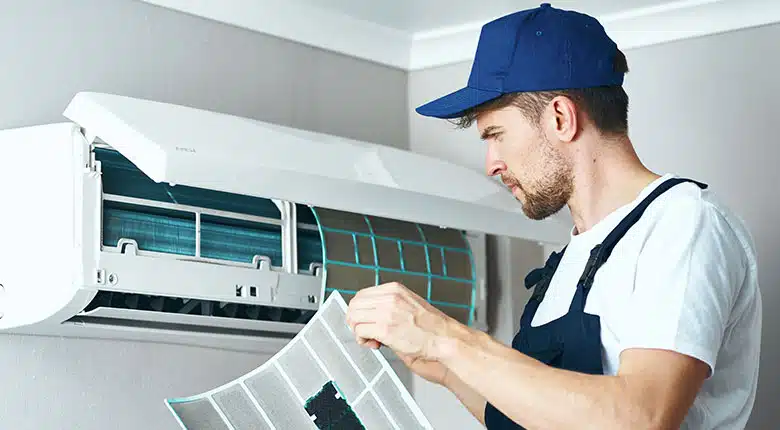
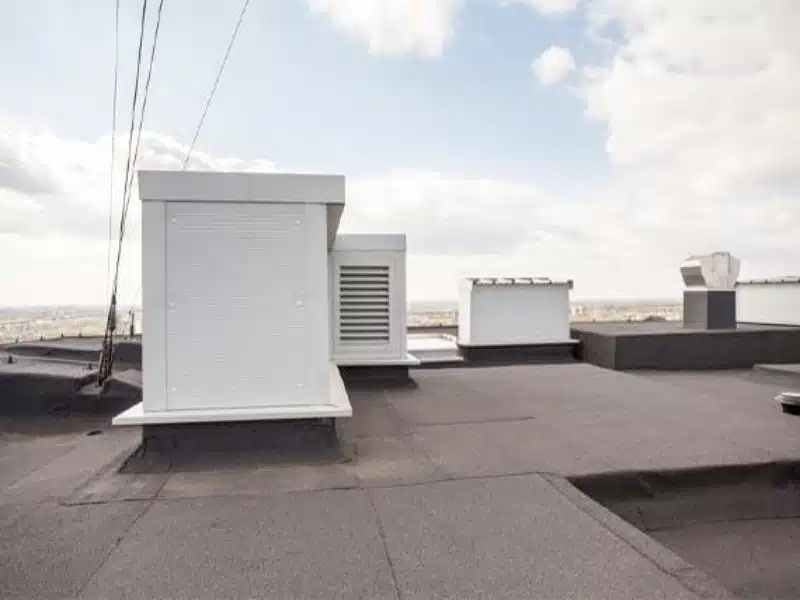
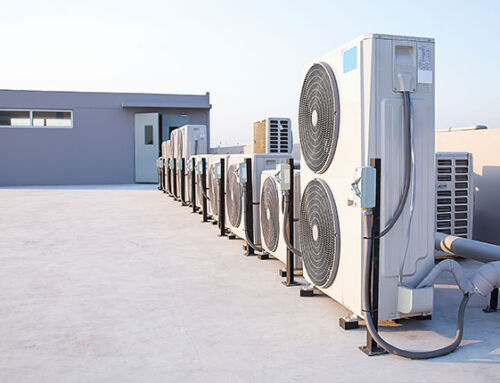
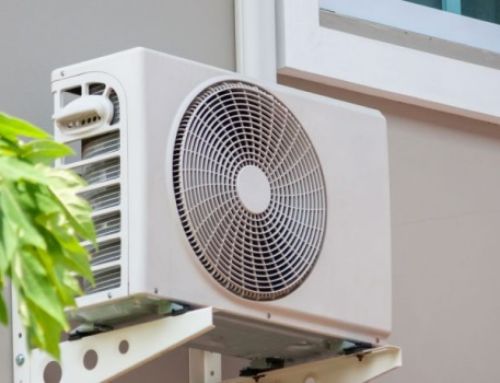
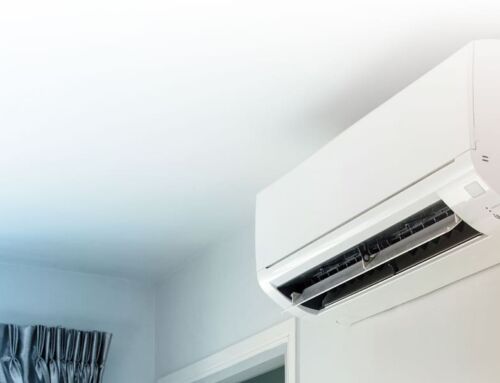
Leave A Comment